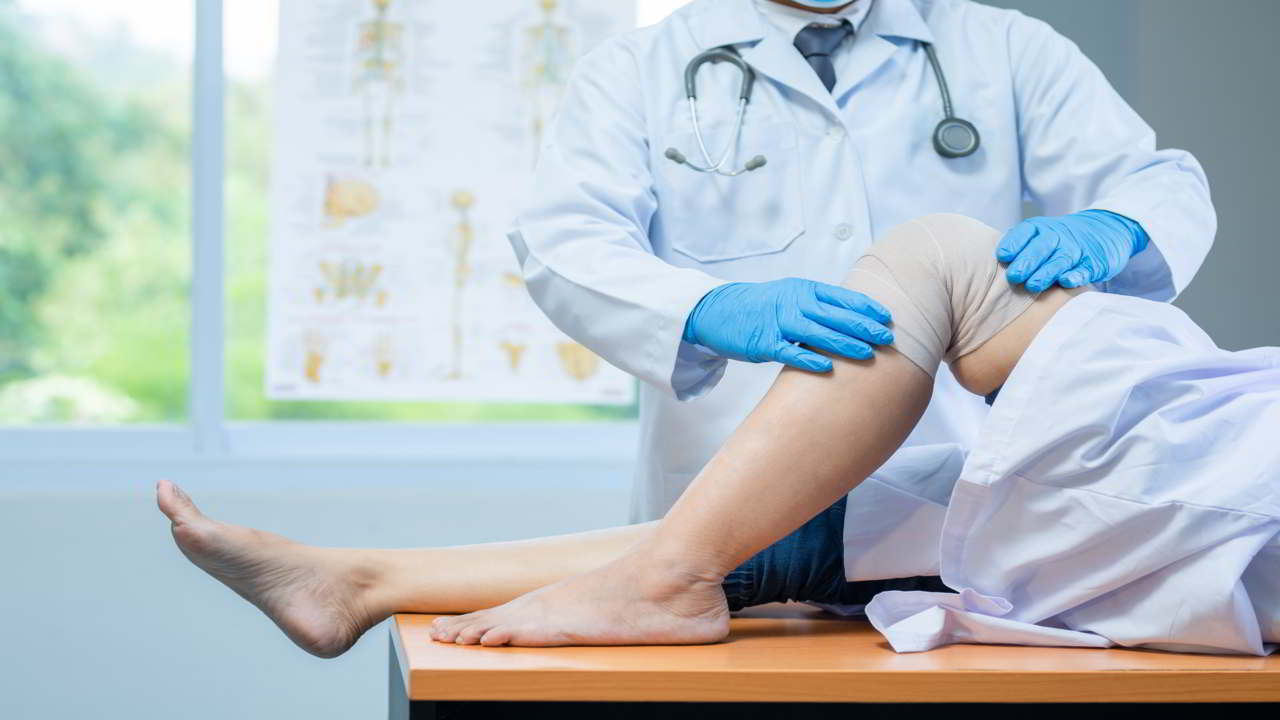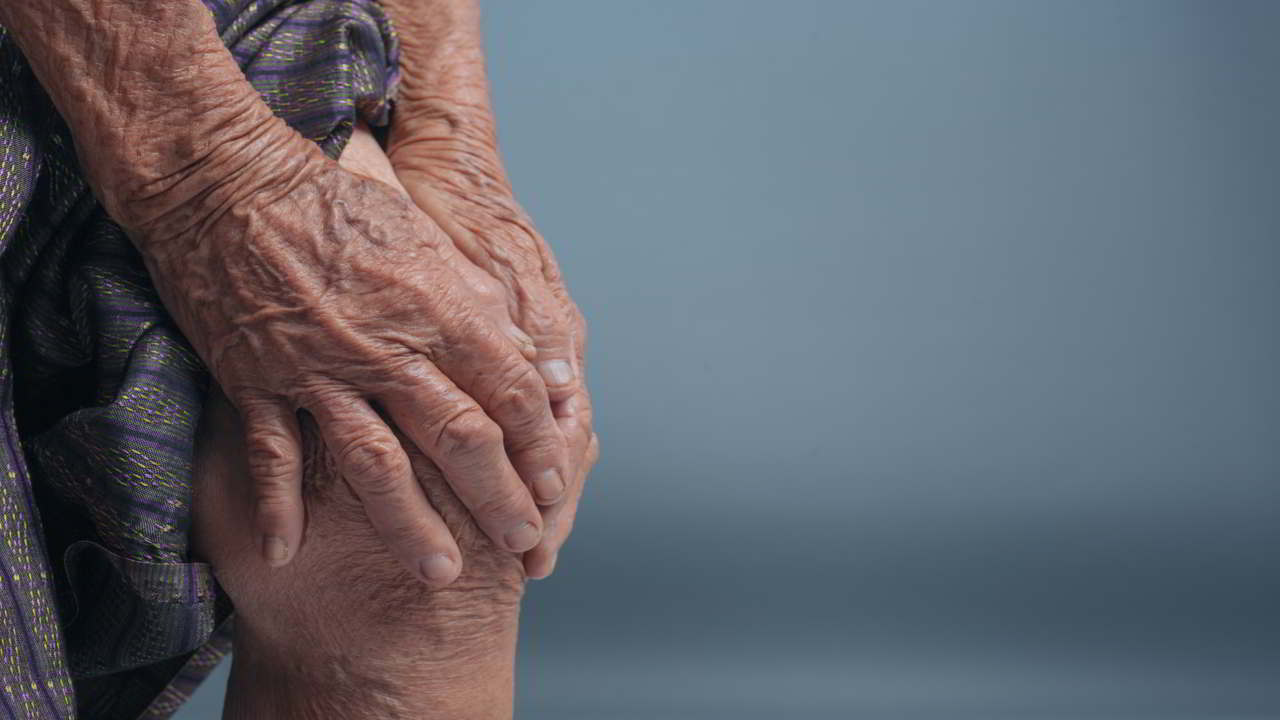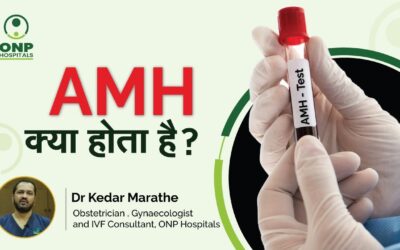Introduction Welcome to ONP Hospital, where the future of neonatal care unfolds within our state-of-the-artNeonatal Intensive Care Unit (NICU). Our commitment to delivering the highest standard of carefor our tiniest patients is evident in the cutting-edge technology,...
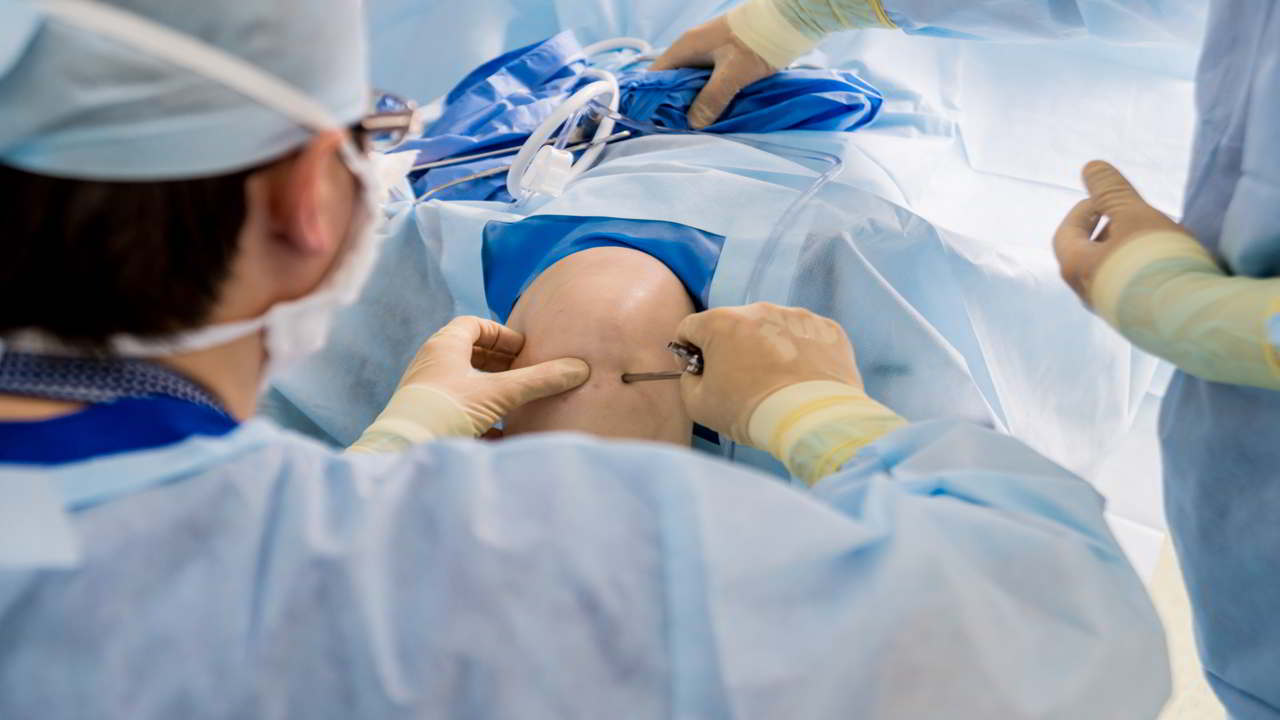
Overview
It is possible to diagnose and treat joint issues using arthroscopy. A surgeon inserts a fibre-optic camera-equipped tube via a buttonhole-sized incision in the skin. On a high-definition video display, you see what’s happening within your joint.
An arthroscopic procedure enables a physician to see the interior of your joint without creating a major incision. Using pencil-thin surgical devices introduced via extra tiny incisions, surgeons may even heal certain forms of joint injury during arthroscopy.
Everything You Need To Know About Arthroscopic Surgeries
What is It?
A minimally invasive orthopaedic treatment, arthroscopy, or arthroscopic surgery, is used to diagnose and treat joint disorders. Small “keyhole” incisions are used to access the joint with an arthroscope and other specialized surgical instruments, termed arthrodesis, respectively. Arthroscopic surgery has quicker recovery periods than open surgery because of the tiny incisions required.
Types
The six most common arthroscopic surgeries are:
- Knee surgery: The most prevalent way of treating the knee joint, the most important joint in the body, is arthroscopy. It carries the body’s weight and is essential for mobility. An arthroscope is placed via a 4mm incision into the knee joint to see the joint region on a video display. Treatments include cruciate ligament repair, reconstruction, meniscus repair, chondroplasty, removal of loose fragments, excision or release of tight structures, among others.
- Hip surgery: Hips are ball-and-socket joints. The socket is part of the pelvis, whereas the ball is part of the thigh bone. Arthroscopy of this joint is done by creating three tiny incisions, each around one centimetre long. Then a traction device pulls the leg to expand the hip joint. Surgical tools are used after the injury is located. Hip arthroscopy treats FAI, dysplasia, snapping hip syndromes, synovitis, and hip joint infections. Loose bone or cartilage pieces that move around within the joint may also be addressed.
- Shoulder surgery: The humerus, scapula, and clavicle are the three bones that make up the shoulder joint. Unlike other joints in the body, the shoulder is capable of a wide range of motion. It is performed with 2-3 incisions under anesthesia. Shoulder arthroscopy is recommended for rotator cuff repair, impingement syndrome, and shoulder instability. Repetitive shoulder dislocations and inflammation of the joint lining are also treated well. Most patients recover quickly.
- Wrist surgery: A wrist contains eight tiny bones and ligaments connecting them. Wrist arthroscopy treats recurrent strain injuries. Arthroscopy is also used to treat carpal tunnel syndrome, persistent wrist discomfort, and fractures.
- Ankle surgery: Certain ankle pains may be treated with arthroscopic ankle surgery. Inside the joint, an arthroscopy camera is placed. Smaller incisions may be used to repair or remove damaged tissues. Ankle arthroscopy is sometimes known as “scoping the ankle.”
- Elbow surgery: Certain forms of elbow discomfort may benefit from arthroscopic elbow surgery. Arthroscopic surgery involves inserting a tiny camera within a joint. Smaller incisions may be used to repair or remove damaged tissues. A procedure termed “arthroscopic elbow surgery” may help relieve certain forms of elbow discomfort.
Procedure
Your surgeon will conduct arthroscopic surgery at a hospital or clinic. You’ll be given an anesthetic based on your surgeon’s diagnosis and the kind of joint involved. A general anesthetic may be used, or your doctor may administer the ananestheticaesthetic via your spine.
Your doctor will make a tiny incision the size of a buttonhole to implant special pencil-thin equipment. Arthroscopes have camera lenses and light built-in. It gives them access to the joint’s interior. An image of the joint is shown on a monitor as a result of the camera. The surgeon will expand the joint by injecting sterile fluid into it.
As soon as they’ve determined what’s wrong, they’ll decide whether or not you’ll require an operation. A tiny incision called a portal would be made in your body if you require surgery. Bone-cutting instruments will be used for this purpose.
Your surgeon may do both arthroscopic surgeries and open surgery at the same time.
After that, the arthroscope and any attachments will be removed. They’ll use special tape or stitches to seal the incision.
Why is it Needed?
Inflammation, damaged ligaments and tendons, loose bone or cartilage, and even certain illnesses may be treated by arthroscopic surgery. In most cases, arthroscopic surgery may be used to diagnose and cure joint problems. Even though the most frequent arthroscopies are on the knee and shoulder, every joint in the body may be operated on by arthroscopic means.
Conclusion
While open surgery was formerly the best option for many kinds of joint issues, now arthroscopic procedures are considered the norm.
If your doctor says that arthroscopic surgery is not a good option for you, keep a positive mind and ask as many queries as you need to comprehend why. Consider getting a second opinion from an orthopaedic surgeon who specializes in your problem if you are still unsure.
Sub Services
What Patient has to say about us
People heavily rely on reviews from other patients when choosing a healthcare provider
Our Patients Many many happy returns of the day......... The best doctor in the world My mother was suffering from severe pain in both knees and spine. Dr. Aashish arbat sir has operated today after 15days she is doing every thing thank you Dr aashish arbat sir and team Especially the major support was from Dr Ram sir from admission to dischatge and follow ups and taken care very nicely thanku Dr. Ram sir Our Patients After enduring knee pain for the past decade, my mother sought advice from various doctors in Nagpur, Nashik, and Pune. They all recommended knee replacement surgery, but it was only when we discovered Dr. Aashish Arbat and the option of robotics surgery that we made the decision to proceed. The surgery took place on June 23, 2023, and it turned out to be an incredible experience. To our astonishment, on the morning of June 24, my mother was able to stand on her own legs and even take a few steps. This remarkable progress was made possible due to the advanced assistance of robotics arm and Artificial Intelligence. Dr. Aashish Arbat is an exceptional and highly experienced surgeon, and we are immensely grateful for his expertise. We also extend our appreciation to his colleagues, Dr. Sharma and Dr. Ram, for their excellent skills and compassionate nature. Our heartfelt thanks go out to the entire team for enabling my mother to live a pain-free life Our Patients My mother got her both robotic knee replacement from sir on Oct 2021. The team and sir have made the complete process seamless. Especially my mother was very comfortable post her surgery. Thank you Dr Arbat and team. Our Patients Our Patients Our Patients Hello. My wife has severe arthritis in her body knees since 2017. We communicated many doctors but she was not happy. We visited Dr arbat for same issue and he came up with robotic knee replacement solution which suited her accurately and she is walking 5-6km daily without hesitation and living comfortably. Thanks Dr. Aashish Arbat and his new technology.Chhaya Kate
pravin kharat
T Srivalli
Mohan Satavekar
VIVEK PANDEY
Subhash Bobade
Meet Our Team of Experts

25+ Years Experience
Dr. Aashish Arbat
Orthopedist, Robotic Joint Replacement
MBBS, MS-Orthopaedics, Mch-Orthopaedics
Blogs
Transformative Care: Navigating the State-of-the-Art NICU Facility at ONP Hospital
Introduction Welcome to ONP Hospital, where the future of neonatal care unfolds within our state-of-the-artNeonatal Intensive Care Unit (NICU). Our commitment to delivering the...
Plant-Powered Health: Exploring the Benefits of a Vegetarian Diet
Introduction The debate between vegetarian and non-vegetarian diets has been ongoing for years, with both sides presenting their arguments. However, a growing body of scientific...
Battling Oral Cancer and Tobacco: Understanding Treatments, Diagnosis & Prevention
Introduction Oral cancer, a type of head and neck cancer, is a serious and potentially life-threatening condition that affects various parts of the mouth, including the lips,...
Videos
Dr. Amita Phadnis’s Full Speech on Survival & Health Rights at UNICEF India.
Dr. Amita Phadnis ,M.D., Gave a Motivating Speech
Breast cancer is cancer that forms in breast cells. Women are mostly diagnosed with this cancer. Although it can be seen in both men and women
What is AMH
The granulosa cells in your ovarian follicles create the anti-Mullerian hormone, often known as AMH. According to the American College of Obstetricians and Gynecologists (ACOG), the generation of AMH is a reflection of your ovarian reserve.
FAQ’s
Pregnancy and Migraine Headaches: What Women Need to Know
When you are pregnant or breastfeeding, then you should be aware that migraine headaches are a normal part of the journey. Pregnant women might feel headaches owing to...
What Is the Problem of Orthopedics in Children?
While orthopaedic problems are commonly seen in and associated with the elderly, it’s important to be alert regarding the fact that they can afflict young people and children as well.
All You Need to Know About Reproduction
Most science students have to study about reproduction in their high school syllabus, and some learn from their parents, who may discuss it even earlier. It’s a very good thing to know about our own bodies…
Explore All Departments

ONP Prime

ONP Leela

IVF

Oncology

Pediatrics

Urology

Neonatology

Ophthalmology

Orthopedics

Gynaecology

Cardiology

IVF

Oncology

Pediatrics

Urology

Neonatology

Ophthalmology


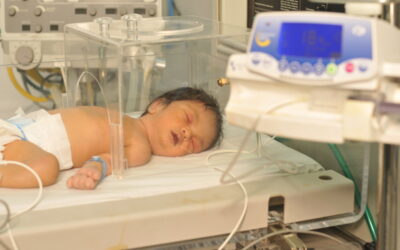

 Home
Home
